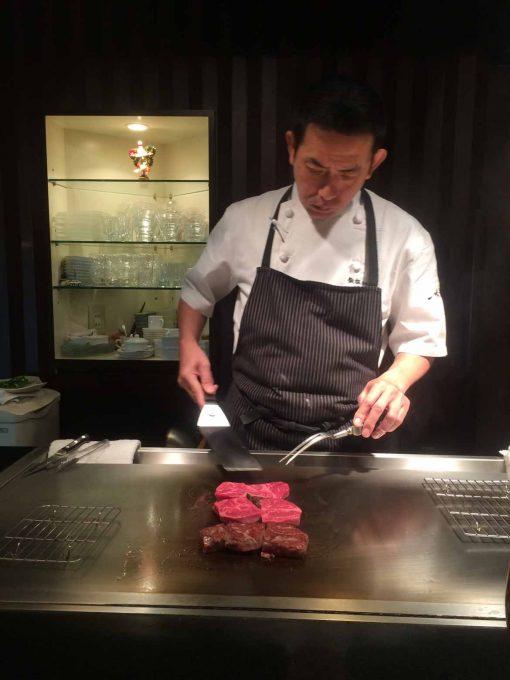Like this post? Help us by sharing it!
Kobe is known around the world for two things: succulent beef and the earthquake of 1995. But how much do you actually know about the city?
Perfect day in Kobe
Despite its proximity to the popular cities of Kyoto and Osaka, Kobe is often overlooked on trips to Japan. Those who take the time to visit the city though, will find it’s well worth a visit in its own right.
Nunobiki Herb Gardens
My perfect day in Kobe began with a trip up the Mount Rokko Ropeway to the Nunobiki Herb Gardens. The Herb Gardens themselves are well worth a visit, but it was the views from the gardens across Kobe that I particularly enjoyed. From the well placed ashiyu (foot spa) I was able to relax my feet in the wonderfully warm water and look out across the wood mountains, city and sea.


Nunobiki Waterfall
From here I took a 20-minute stroll down the mountain to the Nunobiki Waterfall, a tranquil spot that feels miles from the city, not a ten-minute walk from the bullet train station. I would recommend a walk up here on even the shortest of trips to Kobe.

Kobe beef
A lunch of Kobe beef was one of the main highlights of my day. I have often heard friends describing just how delicious Kobe beef is but until now I’d never had the opportunity to try it. Seated in a small counter restaurant with space for just eight guests, I watched as the beef was seasoned, cooked, sliced and served. It was more performance art than simple cooking, and each of the five courses was delicious – though the beef was the star. Finally, it was all topped off with a bowl of sake-flavoured ice cream.


Great Hanshin-Awaji Earthquake Memorial Museum
No trip to Kobe would be complete without a visit to the Great Hanshin-Awaji Earthquake Memorial Museum. Here, the devastating impact of the earthquake is fully documented. But what I found really moving was the stories of how the community had come together to rebuild their city and to support each other. There is also a big exhibition on disaster prevention, looking at the ways that good building design and public awareness can help to avoid the same level of destruction if another earthquake strikes the region.
Hakutsuru Sake Brewery Museum
It is very rare that I enjoy a museum’s introductory video, but the concise history and development of sake brewing at the Hakutsuru Sake Brewery Museum was fascinating, and very well presented in excellent English.
This was followed by a walk around the museum before the main reason for my visit: sake tasting. There were a wide range of sakes available to taste for free, as well as other specialities including a yuzu liqueur, which went very well with the sake ice cream (my second of the day!) If you want to make a day of it, there are many breweries in the Nada area of Kobe. In fact, around 30% of all of Japan’s sake is brewed in Kobe.
Kobe Chinatown (Nankin-Machi)
Dinner in Chinatown was the perfect end to my day. Lit with hundreds of lanterns, the street food stalls are popular with tourists and locals alike. But I dined in one of the many restaurants, tucking into a huge feast of chicken, fish and dumpling dishes washed down with a Chinese rice wine. Would I return to Kobe? You bet! Just make sure you arrive hungry (and thirsty…)

Find out more about Kobe on our website. Our travel consultants are Japan experts, and can work a visit to Kobe into any tailored trip. Get in touch to find out more.


